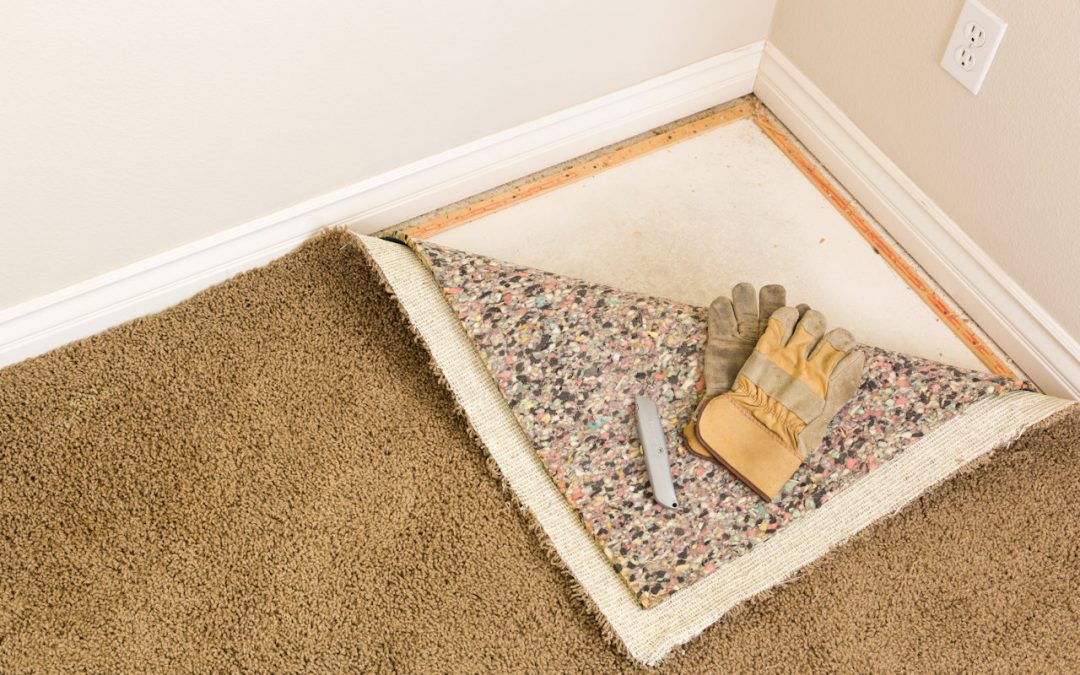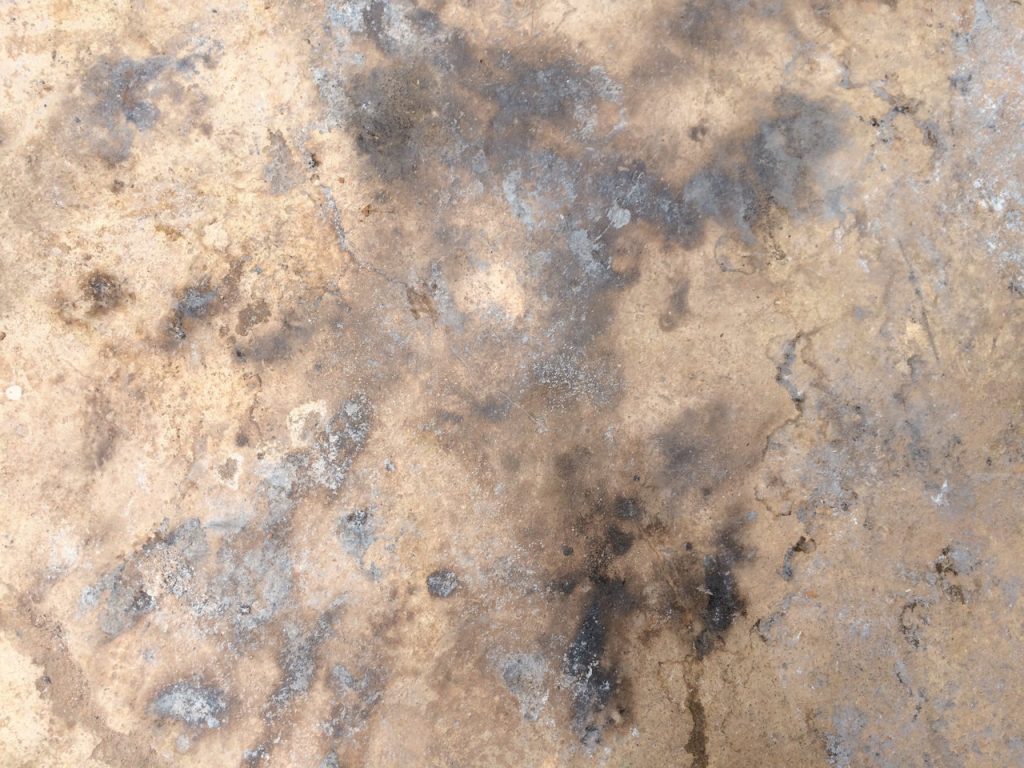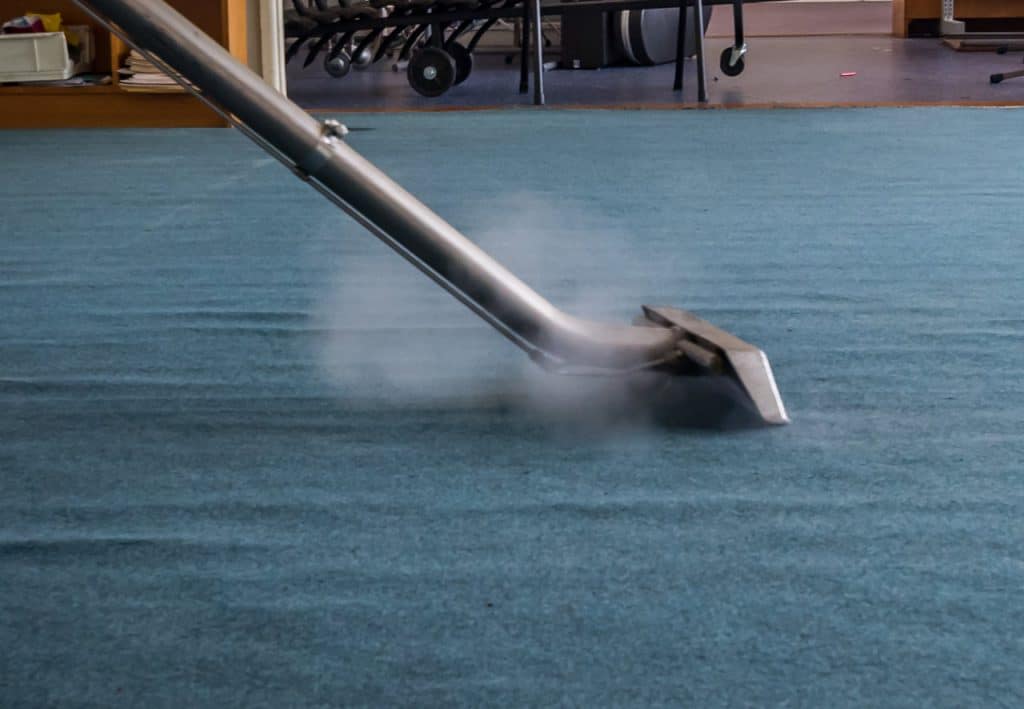With mold being all around us, it’s no surprise that no household has ever managed to eradicate mold damage completely. Mold needs humidity, oxygen, darkness, and warmth to develop. Our homes offer excellent breeding grounds for mold to release its spores and grow.
Carpets are a beautiful addition to any home: they provide warmth and are wonderful to walk on barefooted. However, they are particularly prone to mold development due to their dense fibers and thick padding.
Preventing excess mold growth in your carpets is the best way to keep your home clean and safe for you and your family. Managing mold colonies to levels that are not dangerous to our health is the best way to have a healthy home environment.
Unfortunately, it can be quite difficult to remove mold once it has set in your carpet. You will need the help of experts with the proper equipment and chemicals, including HEPA filters and specific mold-fighting detergents.
Why Does Mold Matter?
Mold can cause upper respiratory problems and symptoms, including bronchitis, asthma attacks, coughing, and wheezing. Mold can also worsen existing allergies and cause skin and eye irritation.
The problem with mold in carpets is that children often play on them, putting them in direct contact with the mold spores. If your home is fully carpeted and mold has taken hold of the carpets, you will be in constant contact with the mold as you walk around the house. As you walk around, you will be carrying the spores throughout the house, thus furthering the problem.
What Can Cause Mold in Carpets?
Because of their fiber density and padding, carpets can capture moisture and retain it. A burst pipe, a ceiling leak, high residual humidity, a plumbing problem, or a bucket of water falling on the carpet can all cause moisture to build up. Due to its sponge-like consistency, the carpet will soak up the water without releasing it.
Carpets have some parts that are made of cellulose. Mold feeds on cellulose. If you add humidity to the mix, these are perfect conditions for mold to grow.
How Do I Know I Have Mold in My Carpets?
There are several ways to confirm you have a mold problem.
The most obvious way is to look for visible mold stains in your carpet—which tend to be black, green, or blue-ish—or general discoloration. This means the mold has found a breeding ground and has released its spores. It can take up to three weeks for mold to become visible on your carpet after an accident or excess humidity.
Another sign of mold infestation is the characteristic musky, earthy smell of mold. Since you spend so much time in your home, you might not be aware of it. However, if a friend comments on a musky smell when they visit, you may have mold growing underneath your carpet.
What Can I Do to Prevent Mold Damage?
If you have a one-off incident of water damage on carpets, speed is of the essence. Mold can start growing within 24 to 48 hours of the spill. Leaving lingering water on your carpet for more than 24 hours could make your carpet beyond repair.
Preventing Mold from Setting In
Even though mold spores are everywhere, it is possible to protect your home from mold. In order to stop mold from developing on your carpets, you can take a few preventive steps:
- Vacuum your carpets regularly to remove dust and other compounds that encourage mold growth.
- Avoid installing carpets in moist areas like bathrooms, kitchens, and basements. No matter how careful you are, water and humidity are bound to set in.
- Use a de-humidifier frequently to take away excess humidity from your home. Relative humidity of 40% to 50% is a good level to hinder mold development.
- Check your carpet not only in visible areas but under and between the padding as well. Also, make an extra effort and move heavy furniture to check the carpet under it. Mold that develops under a heavy sofa or table often goes unnoticed until it’s too late.
- If you have a steam cleaner, use it to clean your carpets. The heat will kill most of the mold spores while cleaning your carpets in the most hygienic way.
How Do I Clean Mold?
Contaminated Water Damage
If the water damage is due to sewage or contaminated water, throw it out and buy a new one. No matter how well you clean it, the bacteria present in contaminated water have already caused irreparable damage.
Clean Water Damage
If the spill is rainwater or tap water, clean up the excess water and turn on your de-humidifier to get as much moisture as possible out of the area. Open your windows to let fresh air in—unless, of course, it’s raining or humid outside. If you can, position your carpets in full sunshine to dry them out as much as possible.
If the damage is too extensive, it’s best to call in mold and water damage experts who will clean your carpet professionally and dry it out with specialized equipment.
Persistent Mold Damage
Most mold damage doesn’t occur from a single incident, but rather builds up over time. If you notice mold patches, you can try cleaning them with special chemicals available in hardware stores or with baking soda and vinegar. Unlike what you might think, bleach doesn’t kill mold spores. Baking soda cleans odors, while vinegar has disinfectant qualities.
However, if you are looking for a truly professional and results-oriented solution, calling in a restoration team is the best answer.




